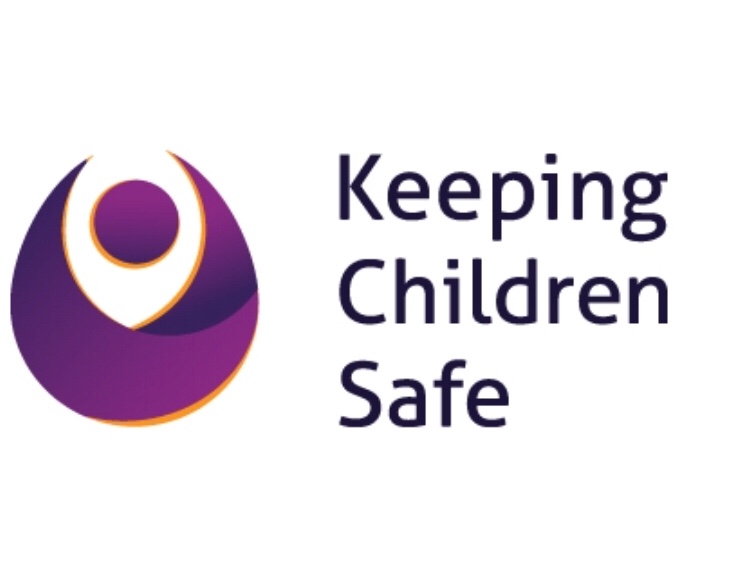Child safeguarding charity refreshes brand and website
The charity Keeping Children Safe aims to increase the impact of its mission, and better promote global awareness of it’s International Child Safeguarding Standards. To achieve this objective all communication channels were reviews, resulting not only in the brand refresh, but a full rethink of their website.

While the brand development was about making the logo friendlier and giving greater prominence to the charity’s full name, the biggest change was to rethink their website from the ground up. The ambition here is to make the site more accessible and relevant to the needs of the users, who are mostly child safeguarding professionals working for organisations and companies around the world.
Right on the homepage visitors are invited to take a self-assessment test, helping them to discover the child safeguarding strengths and weaknesses off the organisations they work for, and if these are doing all they can to keep children safe from abuse.
“Our brand refresh and rethinking of the website for www.keepingchildrensafe.global gives greater access and support to international child safeguarding professionals, from our self-assessment test, which is based on our International Child Safeguarding Standards, to what will become an ever-growing resource library based on cutting-edge research and field work.” noted Sarah Blakemore, CEO of Keeping Children Safe. “All of which will enable us to keep expanding our global member’s network.”
Keeping Children Safe is an independent not-for-profit which has developed internationally recognised child safeguarding standards that ensure all organisations working directly for and with children have comprehensive safeguarding measures in place. Their independence means that these standards and advice are not influenced by other organisations or governments.
KCS’s standards are recognised amongst others by the UK’s Department For International Development (DFID), the European Commission (EC), and the UN, and enable organisations of all types and sizes to implement rigorous policies, processes and audits that protect children from abuse. That means training staff to understand appropriate language and behaviour. Encouraging teams to run background checks on new recruits. And helping families and communities to understand what they can do to support young people.
‘We took part in the newly launched certification scheme which was rigorous and challenging but highly motivating. It helped us to take stock and appreciate all that we have achieved over the past 5 years and has given us a clear roadmap of work that we now need to prioritise. I am very proud to be a member of Keeping Children Safe.’ Siobhan King, Head of Child Protection, British Council
